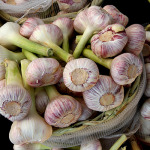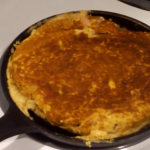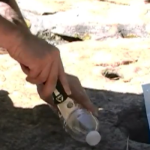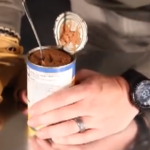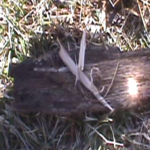
Firewood needs to be prepared properly in order to produce heat and energy efficiently. Different types of wood also produce different characteristics that can impact the quality of your fire. Let’s take a look at some factors that influence how well firewood will ignite and burn so that you can make the most of this resource during the cold weather months.
Preparing the Wood
It’s pretty obvious that wood needs to be mostly dry in order for it to properly burn in a fire. However, did you know that how the wood is cut is important? While splitting wood will increase surface area and speed up the process of evaporation, the length of the logs should be considered as well. Shorter logs will leech water faster than longer ones. This is because water doesn’t have to travel as far before leaving the wood through dripping and evaporation. Try to keep logs at around 2 feet long before splitting them.
Keep in mind that it can take up to a year for certain types of wood to dry enough to produce an efficient fire. The average time is about six months. However, as we all know, it is possible to start a fire with wet wood. However, it will be steamy, slow to ignite and it also produces acidic resin that can coat exhaust pipes and chimney walls. This leads to the buildup of sooty-resin that can lead to fires, so it’s important to use dry wood whenever possible.
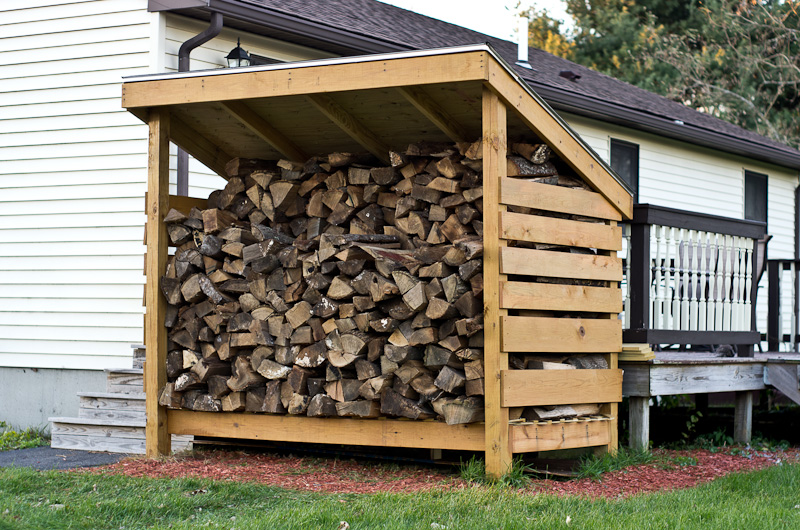
Storing Wood
You want to store your firewood in a dry place in a manner that allows moisture to exit the logs as efficiently as possible. Make sure that you keep gaps between the logs and that the wood pile is protected from rain or snow. Otherwise, the moisture can be absorbed into the wood, negating the entire drying process. Some people prefer to stack wood only a few layers deep to promote evaporation, and this can help to cut down the drying time by as much as a few weeks. You also want to make sure that the bottom row of logs is not touching the ground. Placing them on pallets or a raised platform will reduce rotting and speed up evaporation as well.

Choosing the Right Wood
Different types of wood produce different characteristics. For example, mesquite burns quickly but has a pleasant and distinctive aroma. Maple has a sweet smell and burns slowly due to the high amount of sap that’s stored inside. Maple also produces higher heat than other species as well. As a general rule of thumb, thinner, less dense and whiter woods tend to produce less heat than their more solid counterparts. The cherries and ash trees fall in the middle of the heat-generating spectrum, whereas balsas, cedars and spruces tend to burn the fastest and coolest. The hottest burning wood includes elm, hickory, oak and maple trees.
Keep in mind that hotter-burning wood tends to take longer to dry, and it is generally more expensive to buy at stores as well. However, for a basic fire, almost any wood will do. Just try to avoid using scrap wood or construction waste as they may be tainted with chemicals that can product noxious fumes and toxic gases as they burn.
While the best time of year to start preparing and storing firewood is in the spring, you can easily find an abundance of a variety of different wood species for sale. Keep in mind that most companies charge by the pound or bundle, so you may be able to get lower prices if you buy in bulk. Just remember that it’s easier to get your hands on some quality and cheap firewood while temperatures are still above freezing, so now is a good time to consider stocking up on a supply that will carry you through the long winter months.




